
Mastering Flask
¥90.46
Gain expertise in Flask to create dynamic and powerful web applications About This Book Work with scalable Flask application structures to create complex web apps Discover the most powerful Flask extensions and learn how to create one Deploy your application to real-world platforms using this step-by-step guide Who This Book Is For If you are a Flask user who knows the basics of the library and how to create basic web pages with HTML and CSS, and you want to take your applications to the next level, this is the book for you. Harnessing the full power of Flask will allow you to create complex web applications with ease. What You Will Learn Set up a best practices Python environment Use SQLAlchemy to programmatically query a database Develop templates in Jinja Set up an MVC environment for Flask Discover NoSQL, when to use it, when not to, and how to use it Develop a custom Flask extension Use Celery to create asynchronous tasks In Detail Flask is a library that allows programmers to create web applications in Python. Flask is a micro-framework that boasts a low learning curve, a large community, and the power to create complex web apps. However, Flask is easy to learn but difficult to master. Starting from a simple Flask app, this book will walk through advanced topics while providing practical examples of the lessons learned. After building a simple Flask app, a proper app structure is demonstrated by transforming the app to use a Model-View-Controller (MVC) architecture. With a scalable structure in hand, the next chapters use Flask extensions to provide extra functionality to the app, including user login and registration, NoSQL querying, a REST API, an admin interface, and more. Next, you’ll discover how to use unit testing to take the guesswork away from making sure the code is performing as it should. The book closes with a discussion of the different platforms that are available to deploy a Flask app on, the pros and cons of each one, and how to deploy on each one. Style and approach With plenty of useful examples, this guide introduces new concepts and then shows you how those concepts can be used in a real-world environment. Most sections are based around a single example app that is developed throughout the book.
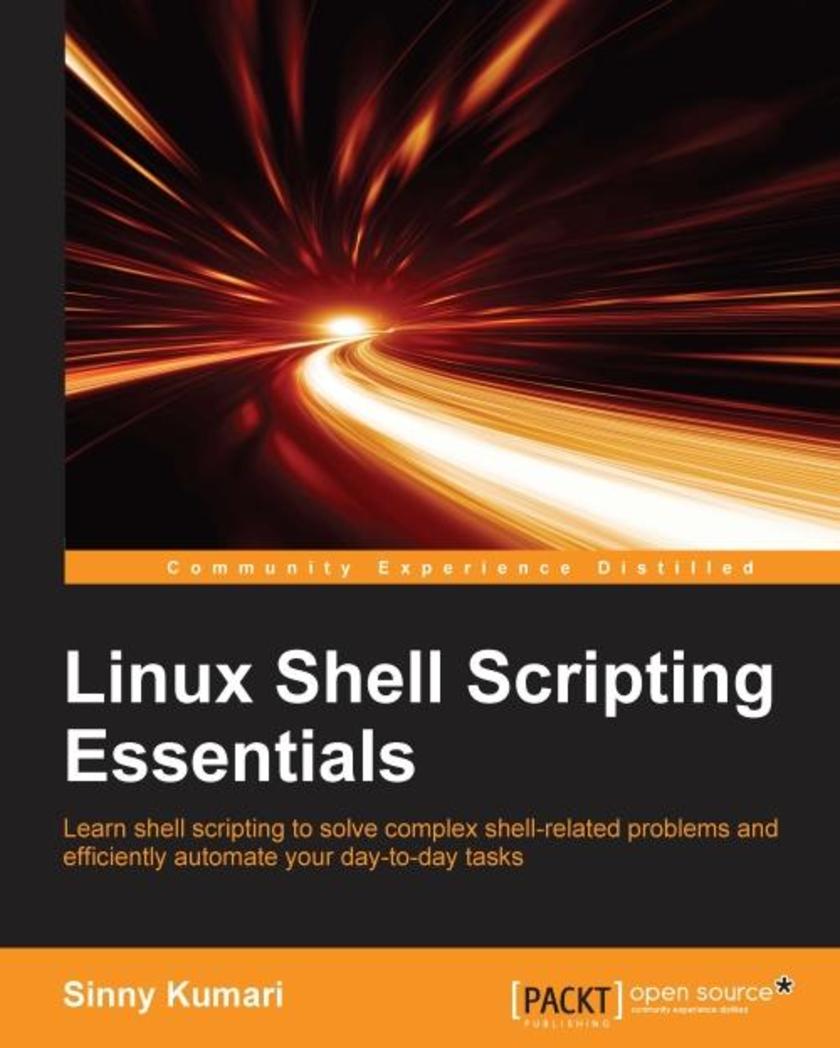
Linux Shell Scripting Essentials
¥90.46
Learn shell *ing to solve complex shell-related problems and to efficiently automate your day-to-day tasks About This Book Familiarize yourself with the terminal by learning about powerful shell features Automate tasks by writing shell *s for repetitive work Packed with easy-to-follow, hands-on examples to help you write any type of shell * with confidence Who This Book Is For This book is aimed at administrators and those who have a basic knowledge of shell *ing and who want to learn how to get the most out of writing shell *s. What You Will Learn Write effective shell *s easily Perform search operations and manipulate large text data with a single shell command Modularize reusable shell *s by creating shell libraries Redirect input, output, and errors of a command or * execution to other streams Debug code with different shell debugging techniques to make your *s bug-free Manage processes, along with the environment variables needed to execute them properly Execute and embed other languages in your *s Manage creation, deletion, and search operations in files In Detail Shell *ing is a quick method to prototype complex applications or problems. Shell *s are a collection of commands to automate tasks, usually those for which the user has a repeated need, when working on Linux-based systems. Using simple commands or a combination of them in a shell can solve complex problems easily. This book starts with the basics, including essential commands that can be executed on Linux systems to perform tasks within a few nanoseconds. You’ll learn to use outputs from commands and transform them to show the data you require. Discover how to write shell *s easily, execute * files, debug, and handle errors. Next, you’ll explore environment variables in shell programming and learn how to customize them and add a new environment. Finally, the book walks you through processes and how these interact with your shell *s, along with how to use *s to automate tasks and how to embed other languages and execute them. Style and approach This book is a pragmatic guide to writing efficient shell programs, complete with hands-on examples and tips.
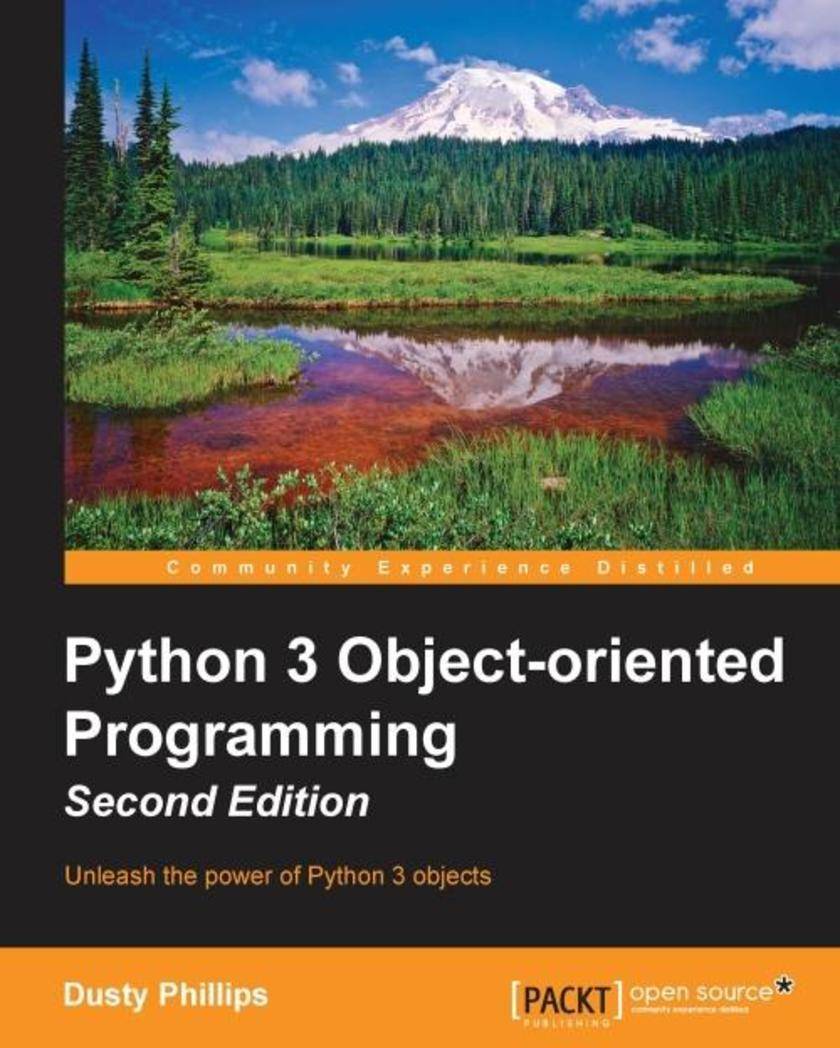
Python 3 Object-oriented Programming - Second Edition
¥90.46
If you're new to object-oriented programming techniques, or if you have basic Python skills and wish to learn in depth when to correctly apply object-oriented programming in Python to design software, this is the book for you.

Unity Character Animation with Mecanim
¥90.46
A detailed guide to the complex new animation tools in Unity, packed with clear instructions and illustrated with original content in the context of a next generation zombie apocalypse adventure game About This Book Create and export models and animation sequences to Unity from 3ds max and Maya Prepare character models and animation for games using Mecanim’s rigging tools Retarget, adjust, and mix and match motion capture and other animation data Write and edit *s compatible with Mecanim Animation Controllers Who This Book Is For If you are a Unity developer looking to get to grips with the character animation specific tools, a 3D software user who is new to Unity, or a beginner game developer who is interested in character animation and interaction, this book is ideal for you. Some experience with either the Unity interface or basic 3D coordinates is recommended, but not required. What You Will Learn Learn how to prepare a rigged character model to receive animation within Unity Acquire efficient techniques to refine and optimize motion capture data Retarget animation sequences between different character rigs Discover how to rig a humanoid character and export for use in Unity Script character interaction for a First Person character model Create dynamic animation sequences from scratch using keyframe techniques, in a variety of 3D software packages Learn Project Management in Unity Understand how to set up a complex facial rig for speech Set up Animation Controllers with masked states and blend trees to create seamless and additive animation transitions Construct a ragdoll game object and instantiate it in a game Devise Mecanim animation integration for the player and AI driven animation for enemy characters In Detail Game animation for independent developers has taken a giant leap forward with Unity's Mecanim toolset, which streamlines the import/export, retargeting, and many other aspects of the character animation workflow. Unity Character Animation with Mecanim is a great primer for getting to know the nuts and bolts of Mecanim and other character animation related tools in Unity. It offers you step-by-step instructions for preparing and exporting rigged models and animation sequences from commonly used 3D packages, such as Maya, 3ds Max and Blender. This book explores the new set of animation tools introduced with Mecanim in Unity. Approaching its subject matter through a typical genre–a zombie action game, character animation techniques are explored using real examples of player input and interaction, enemy behavior, and other aspects of game dynamics. As the book progresses, the reader will understand how these elements fit together in a small game development workflow. We will begin with a demonstration of the process of getting a rigged character into Unity and setting it up to use provided animation sequences. We will also consider a few industry standard 3D packages and how these can be used to rig a humanoid character for use in Unity. We will demonstrate the retargeting capabilities of Mecanim’s Humanoid Animation type by adjusting motion sequences to fit disparate character types in our game. After this, we will look at Ragdoll physics and the implementation of this commonly used technique in a Mecanim workflow. The book culminates with a thorough dissection of the enemy character AI * incorporating the Mecanim elements detailed in the previous chapters. Unity Character Animation with Mecanim will provide you with a detailed exploration of the interaction between game development and character animation, and will broaden your understanding of the rich animation toolset within Unity. Style and approach A comprehensive guide, featuring step- by- step practical tutorials using sample assets, showing you how to build fully controllable characters and non-player characters/enemies.
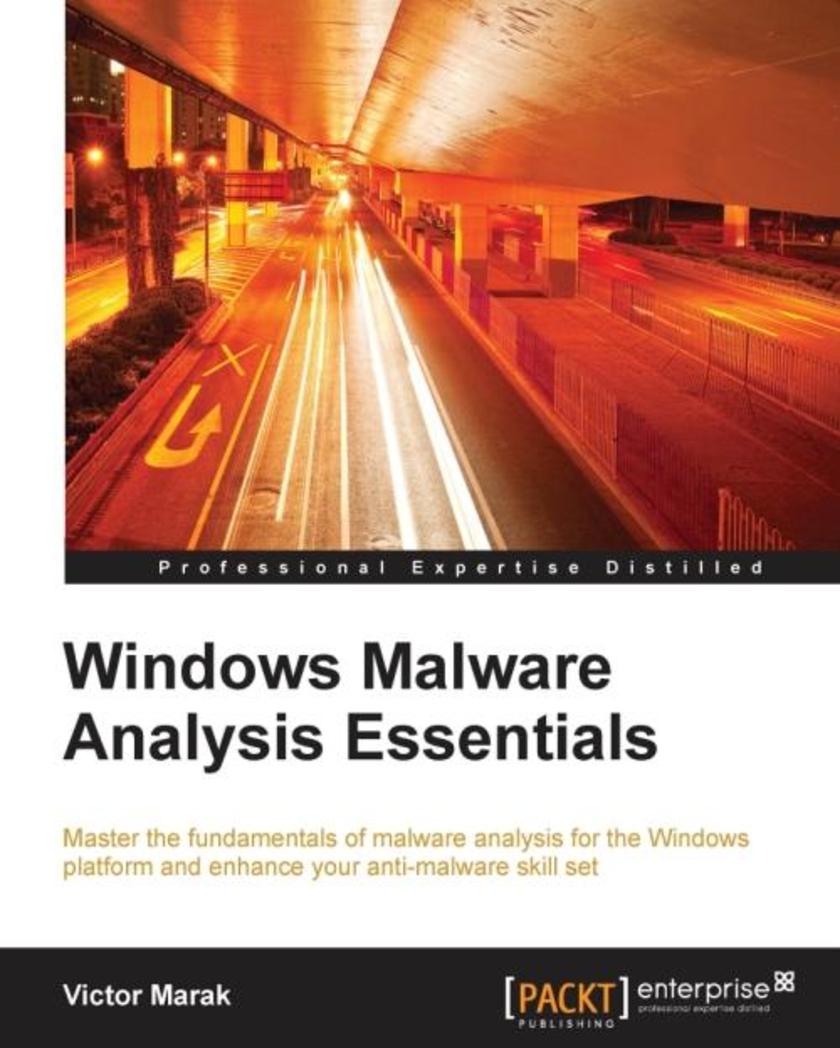
Windows Malware Analysis Essentials
¥90.46
Master the fundamentals of malware analysis for the Windows platform and enhance your anti-malware skill set About This Book Set the baseline towards performing malware analysis on the Windows platform and how to use the tools required to deal with malware Understand how to decipher x86 assembly code from source code inside your favourite development environment A step-by-step based guide that reveals malware analysis from an industry insider and demystifies the process Who This Book Is For This book is best for someone who has prior experience with reverse engineering Windows executables and wants to specialize in malware analysis. The book presents the malware analysis thought process using a show-and-tell approach, and the examples included will give any analyst confidence in how to approach this task on their own the next time around. What You Will Learn Use the positional number system for clear conception of Boolean algebra, that applies to malware research purposes Get introduced to static and dynamic analysis methodologies and build your own malware lab Analyse destructive malware samples from the real world (ITW) from fingerprinting and static/dynamic analysis to the final debrief Understand different modes of linking and how to compile your own libraries from assembly code and integrate the codein your final program Get to know about the various emulators, debuggers and their features, and sandboxes and set them up effectively depending on the required scenario Deal with other malware vectors such as pdf and MS-Office based malware as well as *s and shellcode In Detail Windows OS is the most used operating system in the world and hence is targeted by malware writers. There are strong ramifications if things go awry. Things will go wrong if they can, and hence we see a salvo of attacks that have continued to disrupt the normal scheme of things in our day to day lives. This book will guide you on how to use essential tools such as debuggers, disassemblers, and sandboxes to dissect malware samples. It will expose your innards and then build a report of their indicators of compromise along with detection rule sets that will enable you to help contain the outbreak when faced with such a situation. We will start with the basics of computing fundamentals such as number systems and Boolean algebra. Further, you'll learn about x86 assembly programming and its integration with high level languages such as C++.You'll understand how to decipher disassembly code obtained from the compiled source code and map it back to its original design goals. By delving into end to end analysis with real-world malware samples to solidify your understanding, you'll sharpen your technique of handling destructive malware binaries and vector mechanisms. You will also be encouraged to consider analysis lab safety measures so that there is no infection in the process. Finally, we'll have a rounded tour of various emulations, sandboxing, and debugging options so that you know what is at your disposal when you need a specific kind of weapon in order to nullify the malware. Style and approach An easy to follow, hands-on guide with de*ions and screenshots that will help you execute effective malicious software investigations and conjure up solutions creatively and confidently.

Amazon S3 Cookbook
¥90.46
This book is for cloud developers who have experience of using Amazon S3 and are also familiar with Amazon S3.
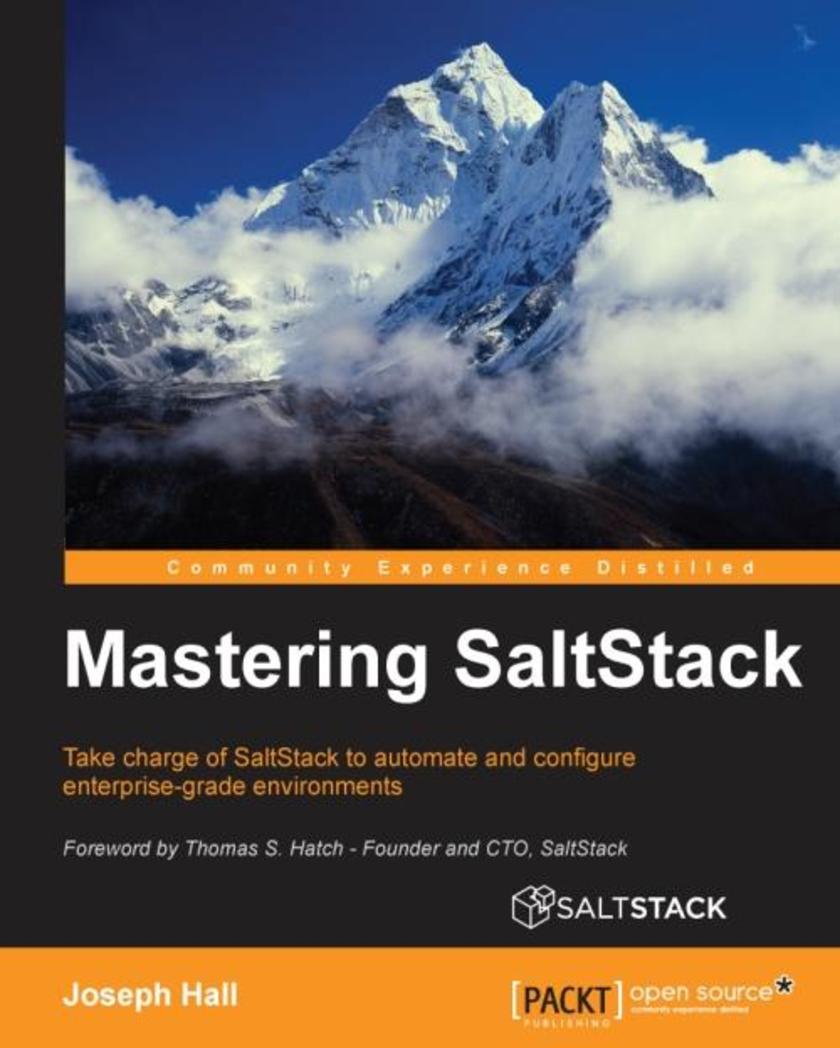
Mastering SaltStack
¥90.46
This book is ideal for professionals who have been managing groups of servers, and want to learn how to expand their toolset. This book will also explain some of the more advanced features of Salt, and explore how to use them to bring additional power to the fundamentals that the professionals have already been using.

Clojure Data Structures and Algorithms Cookbook
¥90.46
This book is for intermediate Clojure developers who can read and write in this language quite comfortably. Besides, it is assumed that you have some knowledge of how to set up Clojure projects, include dependencies, how to run REPLs, and so on through Leiningen and Figwheel. No prior awareness of any of the algorithms covered in this book is needed, and, when appropriate, pointers are given to the explanation material about any theory related to them.

Python Parallel Programming Cookbook
¥90.46
This book is intended for software developers who want to use parallel programming techniques to write powerful and efficient code. After reading this book, you will be able to master the basics and the advanced features of parallel computing. The Python programming language is easy to use and allows nonexperts to deal with and easily understand the topics exposed in this book.
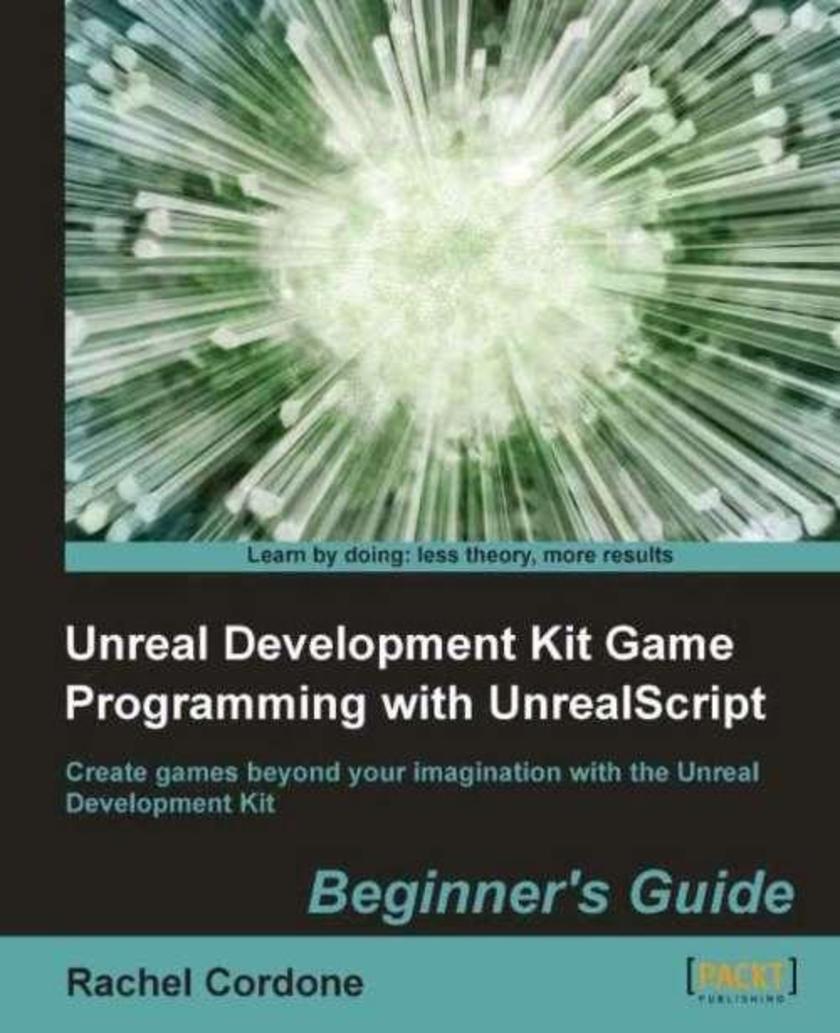
Unreal Development Kit Game Programming with UnrealScript: Beginner's Guide
¥90.46
This is a step-by-step book that builds on your knowledge by adding to an example game over the course of each chapter. Each topic uses example code that can be compiled and tested to show how things work instead of just telling you. Complicated tasks are broken down into easy to follow steps with clear explanations of what each line of code is doing. This book is written for beginners to UnrealScript, whether this is your first experience with programming or you're coming into it from another language and would like to learn how UnrealScript uses concepts you're already familiar with. If you would like to make games with the Unreal Development Kit, this book is for you.

Flash Facebook Cookbook
¥90.46
Written in a cookbook style, this book offers solutions using a recipe-based approach. Each recipe contains step-by-step instructions followed by an analysis of what was done in each task and other useful information. This Cookbook is targeted towards those with at least a basic understanding of the Flash Builder IDE and the Flex framework. No prior knowledge of the Facebook APIs is assumed or required. If you want to start building Flash Facebook apps quickly and effectively this is the book for you.
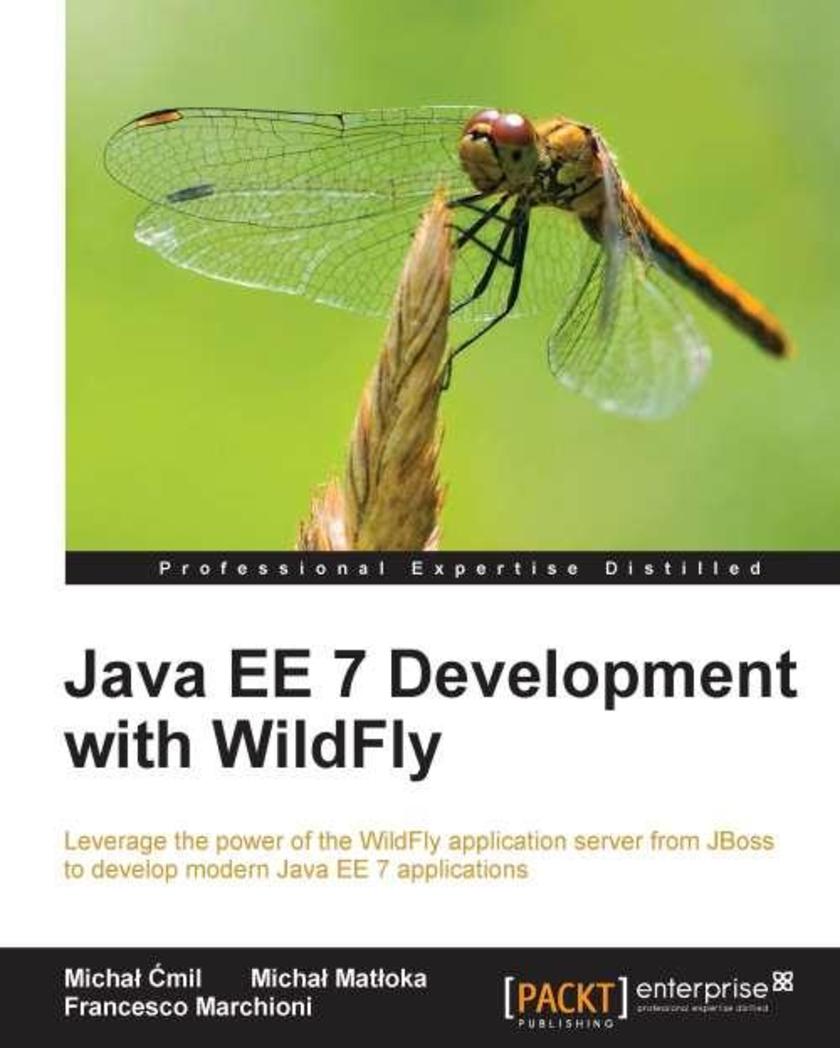
Java EE 7 Development with WildFly
¥90.46
If you are a Java developer who wants to learn about Java EE, this is the book for you. It's also ideal for developers who already have experience with the Java EE platform but would like to learn more about the new Java EE 7 features by analyzing fully functional sample applications using the new application server WildFly.

iPhone Game Blueprints
¥90.46
iPhone Game Blueprints is a practical, hands-on guide with step-by-step instructions leading you through a number of different projects, providing you with the essentials for creating your own iPhone games.This book is for graphic designers, developers, illustrators, and simple enthusiasts, who dream about the creation of mobile games or who have already worked in that domain, but need some additional inspiration and knowledge. This book can be considered as an illustrated handbook, worth having in your game development studio. It can work as a “paper art-director” for your project.
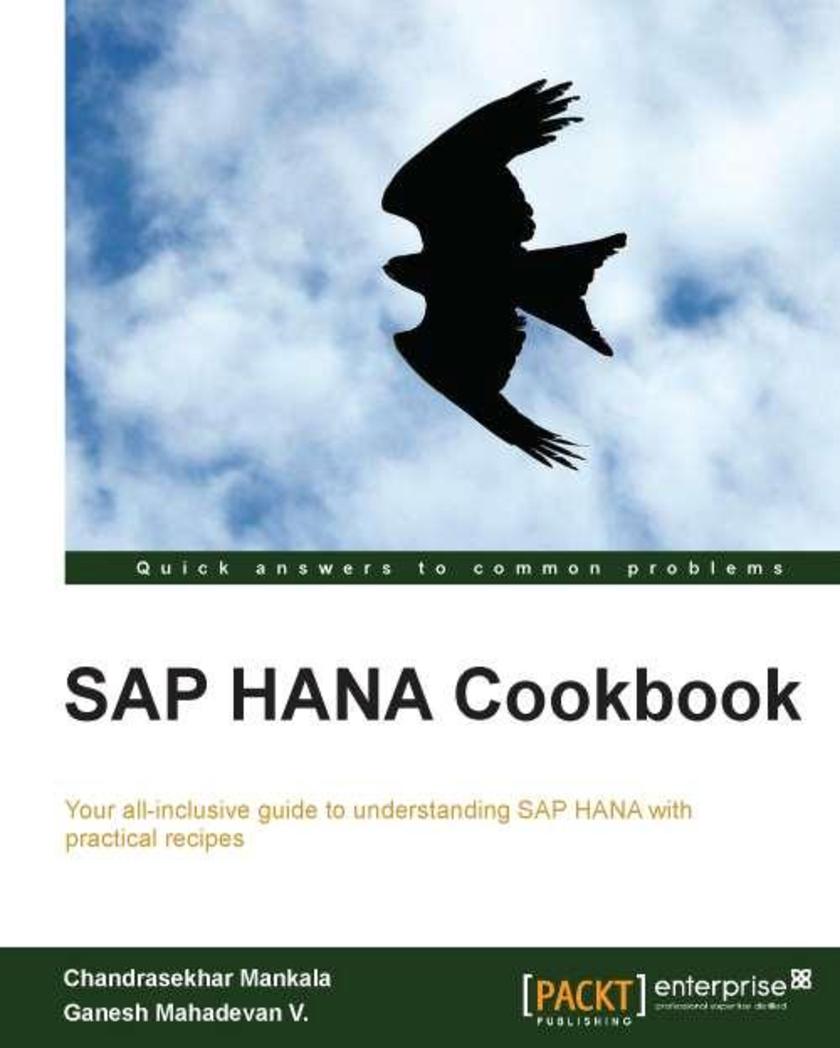
SAP HANA Cookbook
¥90.46
An easy-to-understand guide, covering topics using practical scenarios and live examples, and answering all possible questions.If you are a solution architect, developer, modeler, sales leader, business transformation managers, directors, COO, or CIO; this book is perfect for you. If you are interested in other technologies and want to jump-start into SAP, this book gives you the chance to learn SAP HANA. Basic knowledge of RDBMS concepts enough is to get you started.
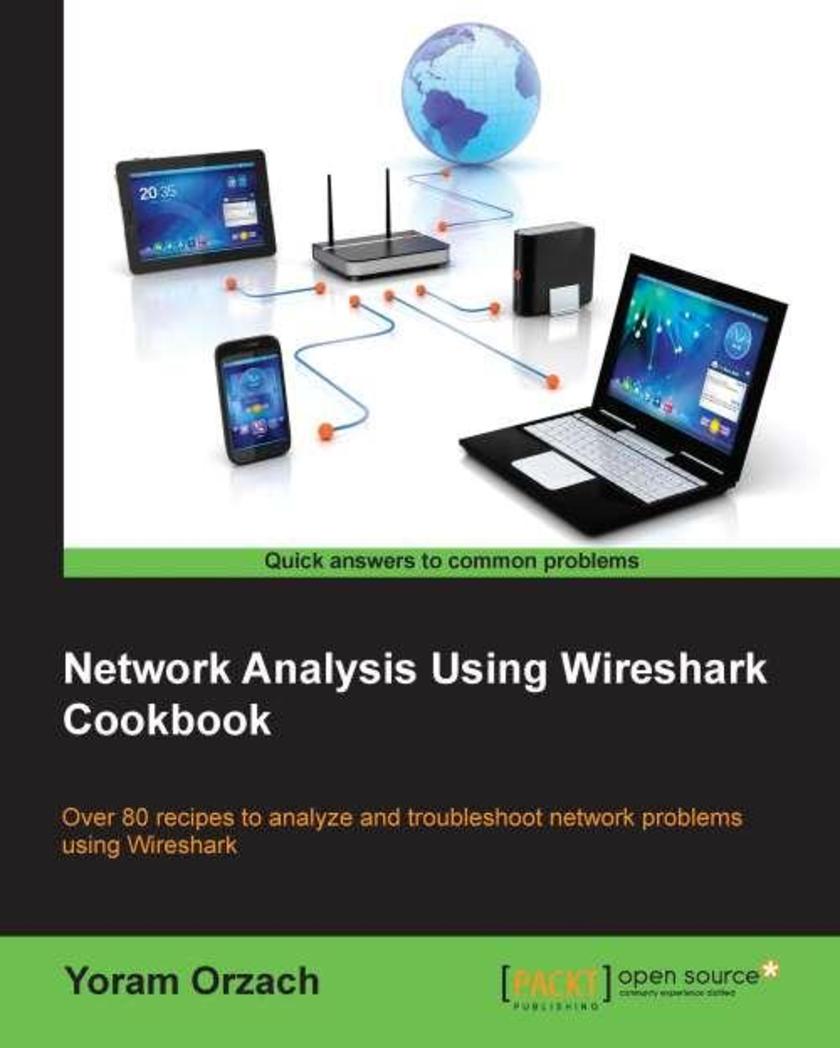
Network Analysis using Wireshark Cookbook
¥90.46
Network analysis using Wireshark Cookbook contains more than 100 practical recipes for analyzing your network and troubleshooting problems in the network. This book provides you with simple and practical recipes on how to solve networking problems with a step-by-step approach.This book is aimed at research and development professionals, engineering and technical support, and IT and communications managers who are using Wireshark for network analysis and troubleshooting. This book requires a basic understanding of networking concepts, but does not require specific and detailed technical knowledge of protocols or vendor implementations.
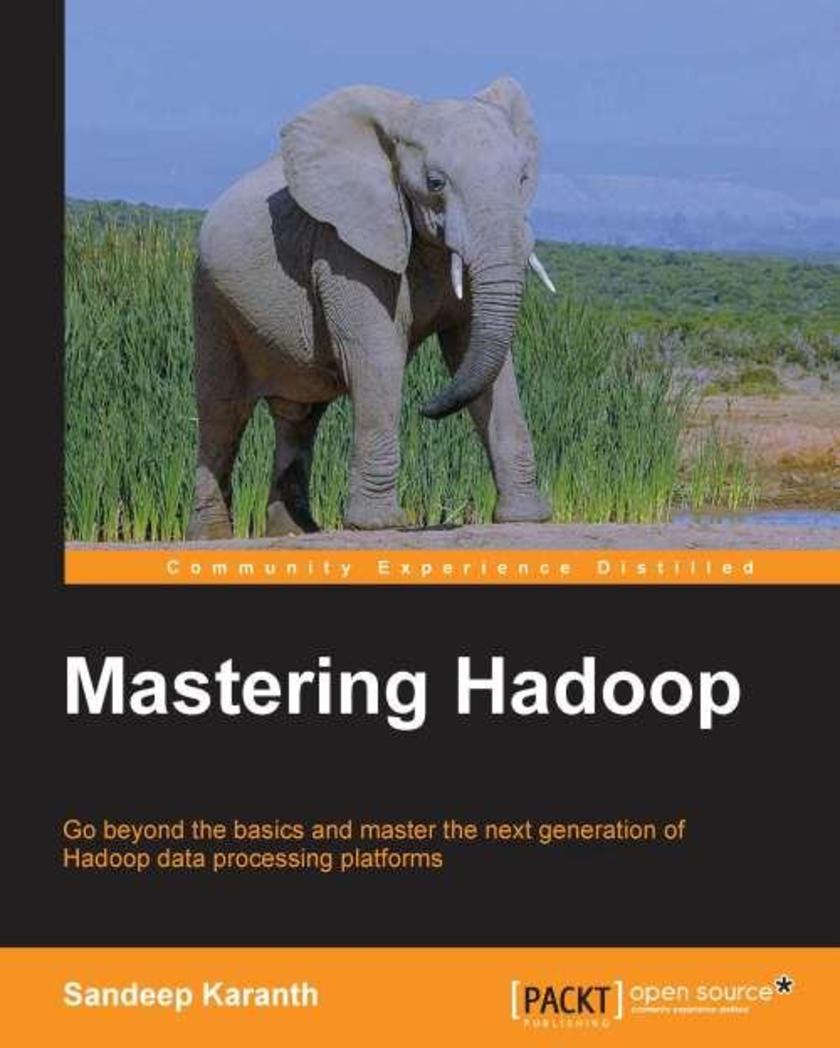
Mastering Hadoop
¥90.46
Do you want to broaden your Hadoop skill set and take your knowledge to the next levelDo you wish to enhance your knowledge of Hadoop to solve challenging data processing problemsAre your Hadoop jobs, Pig *s, or Hive queries not working as fast as you intendAre you looking to understand the benefits of upgrading HadoopIf the answer is yes to any of these, this book is for you. It assumes novice-level familiarity with Hadoop.

Moodle as a Curriculum and Information Management System
¥90.46
This book is a beginner's guide in which the reader is led, step-by-step, to accomplish all the tasks right from installing Moodle to transforming into a CMS. Some more advanced steps and concepts are presented but always in a manner that allows beginners to follow along and learn through experience as they experiment on their own test site. By the time you finish the book, you will have your own fully-functional curriculum and information management system. If you are a teacher or head of department in an institution and are interested in how Moodle can be used to streamline curriculum delivery and information flow in your institution, this book is for you. This book is also useful for Moodle administrators. Prior experience with Moodle is not essential for this book.
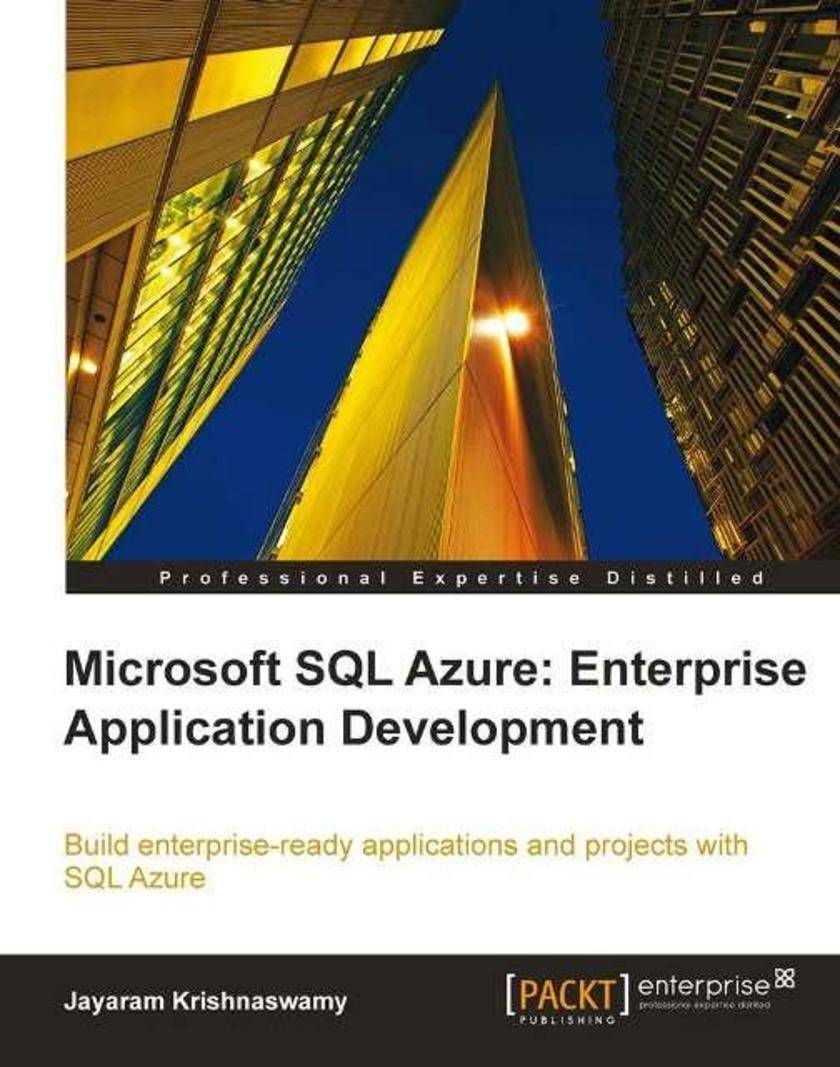
Microsoft SQL Azure: Enterprise Application Development
¥90.46
Each chapter starts with a general overview reviewing the software architecture related information or the underpinning programming concepts followed by an example of working with specific examples. This is then followed by a de*ion of the specific software used in the chapter. The topics that require you to write code are fully explained using annotations and the code is presented in both VB and C# (in most cases). If you are a .Net developer, an architect, or a DBA who wants to develop enterprise applications and projects and extend your on-site skills with SQL Azure, then this book is for you. This book does not assume experience in Windows Azure or SQL Azure, nor is a high level of competency in SQL Server or the .NET Framework and associated technology required. However, a basic understanding of Visual Studio, C#, VB, SQL Servers, XML, web and WCF is required. If you decide to work with SQL Azure, then this book will provide you with the most up to date and practical information.
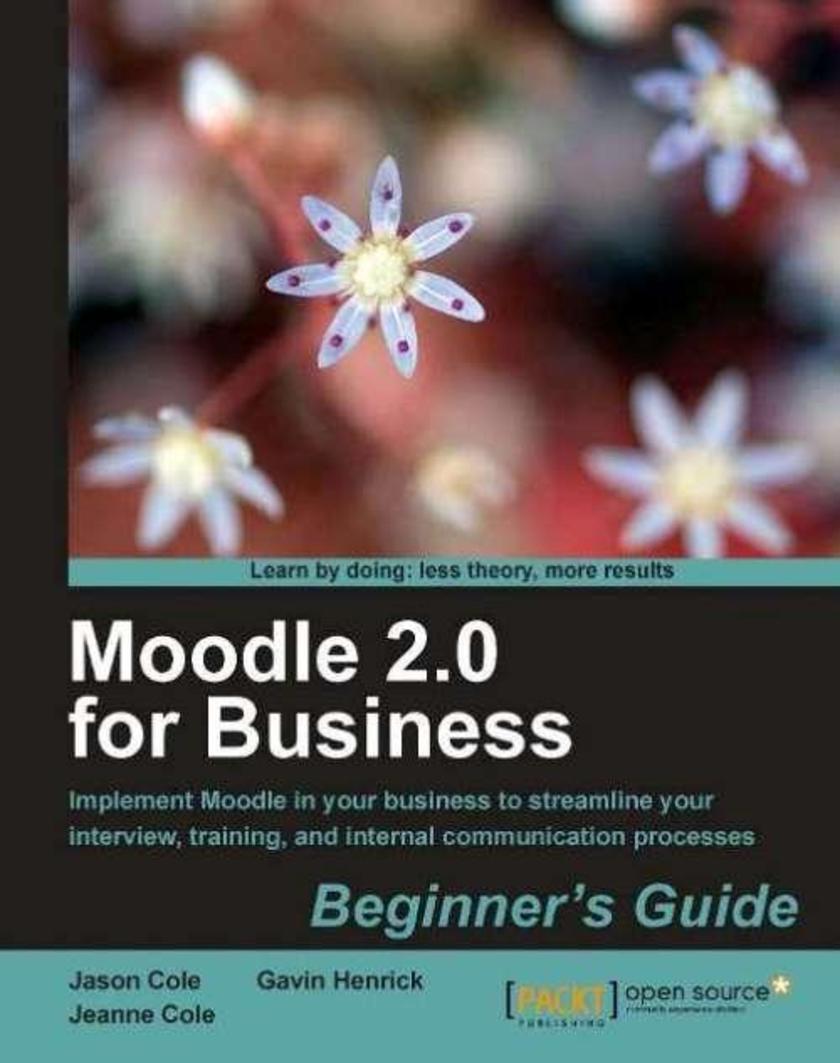
Moodle 2.0 for Business
¥90.46
Part of Packt's Beginner's Guide series, each chapter looks at a different aspect of using Moodle in a business environment, and steadily guides the reader through setting Moodle up in their own business with the help of practical examples, accompanied by lots of screenshots. Each chapter also includes case studies from well-known companies that have already implemented Moodle. If you are responsible for training, recruitment, or maintaining any guidelines within your company, then this book is for you. No previous experience with Moodle is necessary as the examples are easy to follow

VMware vSphere 5.1 Cookbook
¥90.46
A fast-paced, task-oriented Cookbook covering recipes on the installation and configuration of vSphere 5.1 components. The recipes are accompanied with relevant screenshots with an intention to provide a visual guidance as well. The book concentrates more on the actual task rather than the theory around it, making it easier to understand what is really needed to achieve the task. This book is a guide for anyone who wants to learn how to install and configure VMware vSphere components. This is an excellent handbook for support professionals or for anyone intending to give themselves a head start in learning how to install and configure vSphere 5.1 components. It is also a good task-oriented reference material for consultants who design and deploy vSphere environments.

OpenGL Development Cookbook
¥90.46
The book is written in a Cookbook format with practical recipes aimed at helping you exploit OpenGL to its full potential.This book is targeted towards intermediate OpenGL programmers. However, those who are new to OpenGL and know an alternate API like DirectX might also find these recipes useful to create OpenGL animations.




 购物车
购物车 个人中心
个人中心



